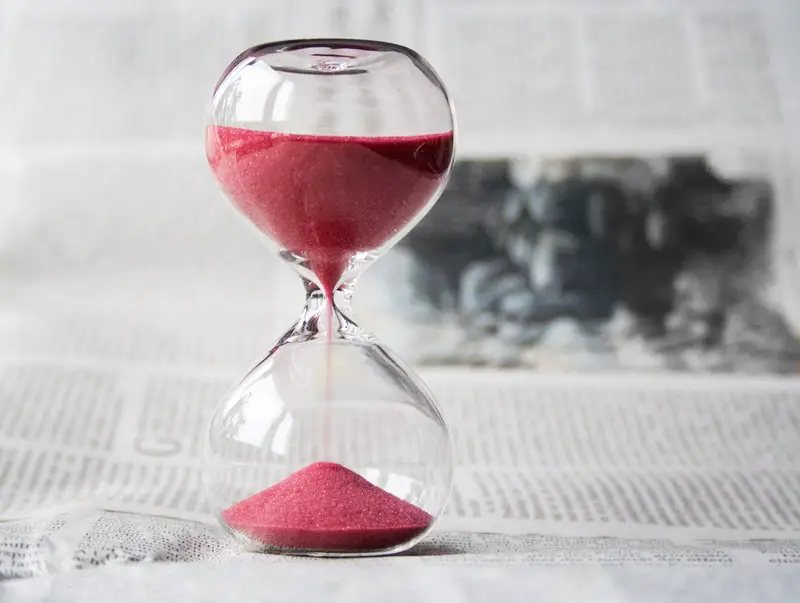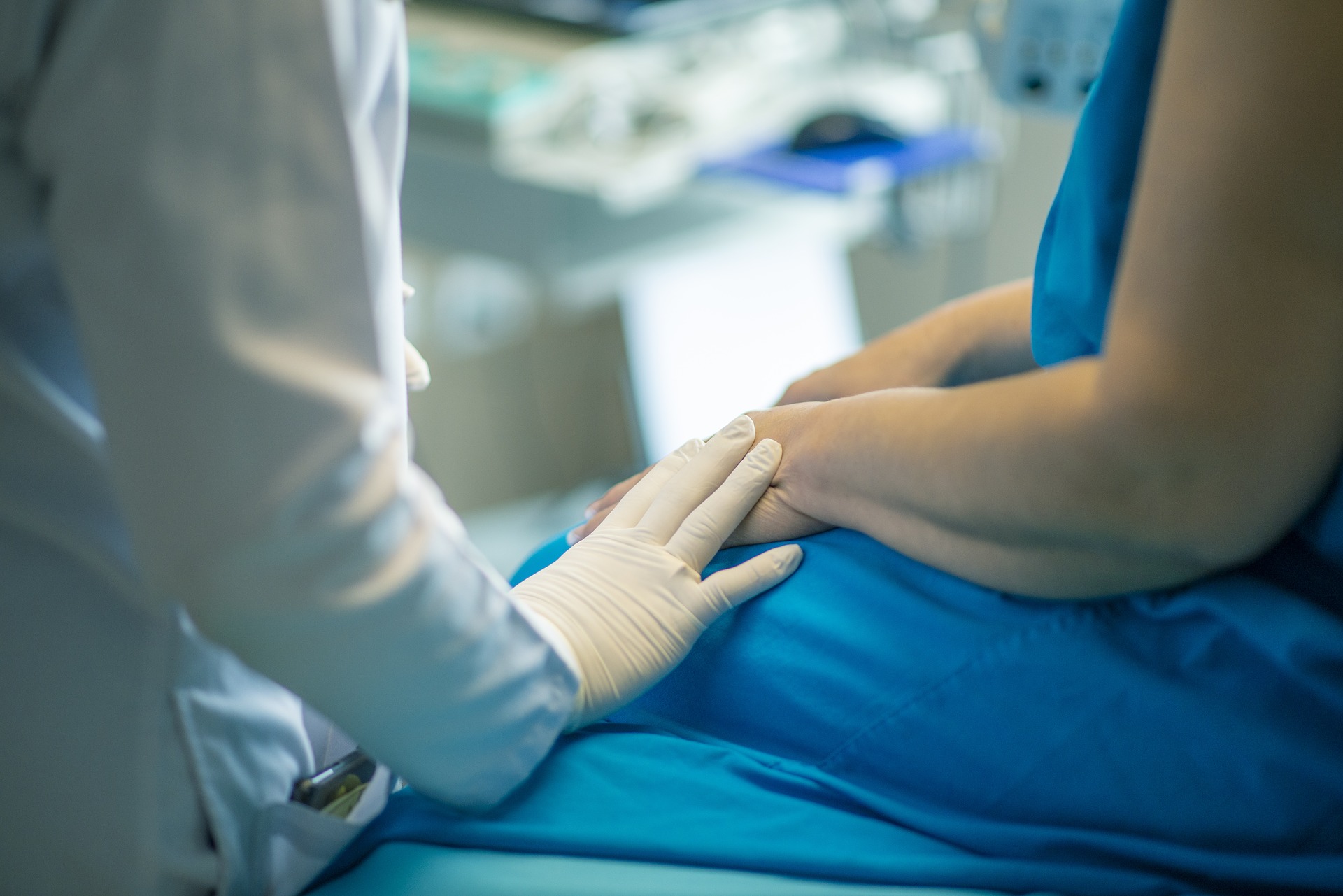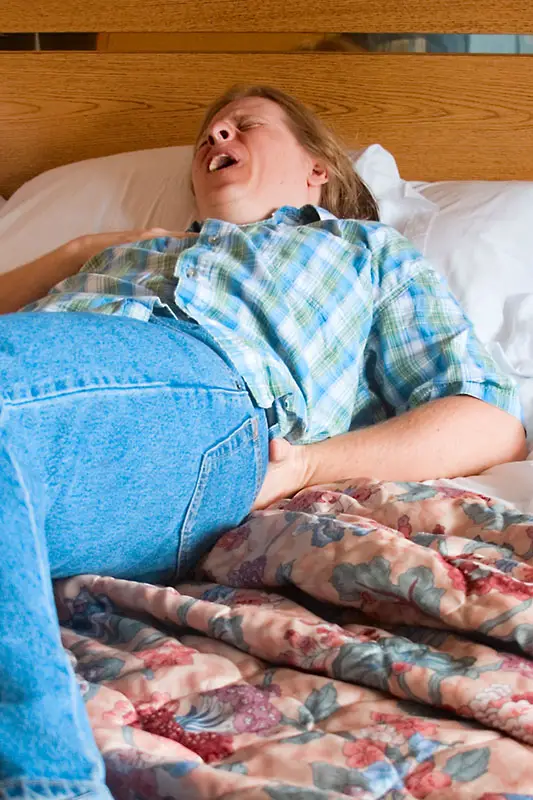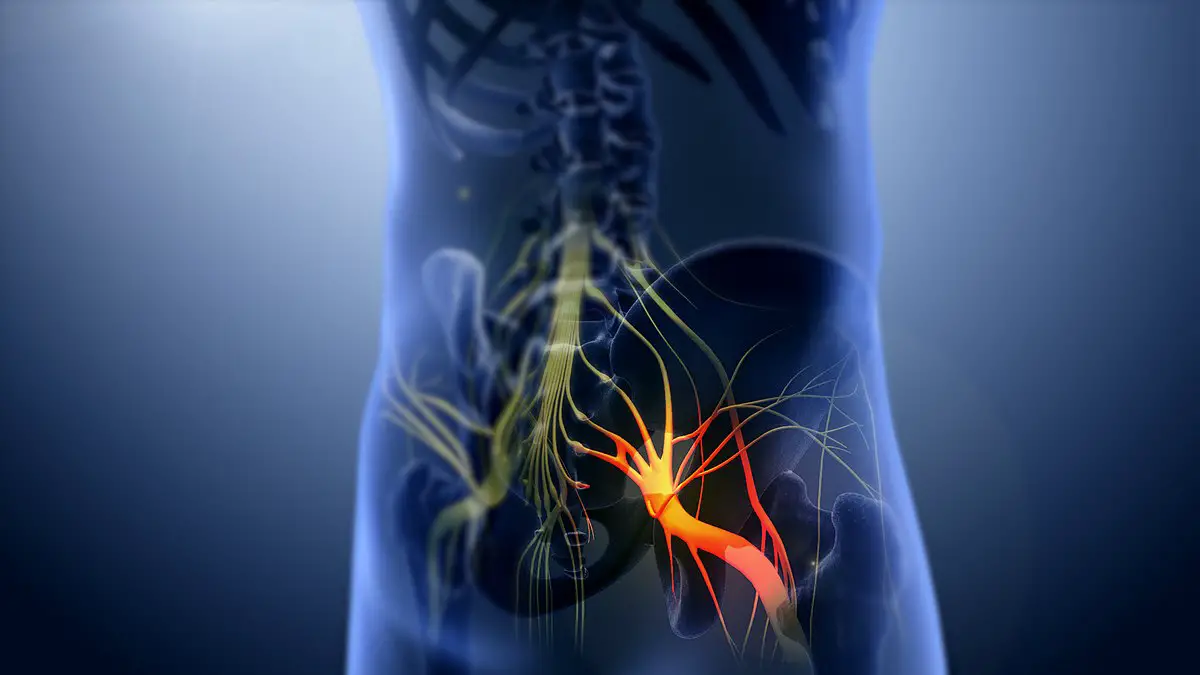Your doctor has diagnosed you with lumbosciatica town ? If so, he has probably prescribed you medications such as analgesics, nonsteroidal anti-inflammatory drugs (and the gastric bandages that go with it), muscle relaxants...
To relieve your pain, it is important to properly follow your medical treatment along with any recommendations from your doctor.
However, you should be aware that there are some natural treatments which can be effective in case of common lumbosciatica. We introduce you to some of them in this article!
Lumbar vertebral column: anatomical reminder
Our spine, in its lumbar part, consists of 5 vertebrae numbered from L1 to L5. Between each pair of adjacent vertebrae is interposed a fibrocartilaginous structure which acts as a shock absorber called « intervertebral disc ».
Each of the lumbar vertebrae is made up of:
- Of a vertebral body : bulky bone mass that forms the front of the vertebrate.
- Of a posterior arch: thin bony blade that forms the back of the vertebra.
- Of a vertebral foramen: space (hole) located between the vertebral body and the posterior arch.
The stacking of the lumbar vertebrae and the superimposition of their vertebral foramina form a bony canal called "lumbar spinal canal" which contains the distal part of the bone marrow spinal.
Throughout the lumbar canal and on each side of it, roots nerve from the spinal cord emerge to form nerves for the motor and sensory innervation of different parts of the body.
Among these nerves, the nerf sciatica who has the role sensory-motor innervation of the entire lower limb as well as genitourinary and anorectal regions.
What is lumbosciatica?
When the sciatic nerve ou one of its nerve roots is compressed or irritated by a pathological process (herniated disc, trauma, tumour, etc.), pain which follow the course of this nerve appear: buttocks, thigh, leg, foot and sometimes to the toes. This condition is called neuralgia sciatica (or just sciatica).
We are talking about lumbosciatica when these leg pains (those of sciatica) are accompanied by lumbago (lumbar pain).
For more details on lumbosciatica, see the following article.
https://www.lombafit.com/lombosciatique/
What are its causes ?
La lumbar disc herniation is the most common cause of sciatica. We then speak of « common lumbosciatica ».
Other causes are possible:
- A lumbar arthritis,
- A vertebral fracture,
- A bone tumor
- A bone infection,
- Un narrow lumbar canal.
How does it manifest?
Lumbosciatica is manifested by lower limb pain (whose topography depends on the level of nerve compression: L4-L5, L5-S1…) accompanied by low back pain (lower back pain).
These pains have the characteristic of being exacerbated byefforts, by all maneuvers that increase intra-abdominal pressure (cough, sneeze, defecation effort, etc.) as well as stretching (Lasègue maneuver).
The pain of lumbosciatica can increaseaccompany with:
- Motor disorders: muscle weakness of the lower limb that can go as far as paralysis (paralyzing lumbosciatica: therapeutic emergency).
- Sensory disorders: tingling, numbness, tingling, hypoesthesia (decreased sensation), anesthesia (total loss of sensation), or unbearable pain (Hyperalgesic lumbosciatica: therapeutic emergency) in the lower limb or genitourinary region.
- Genito-sphincter disorders: urinary incontinence, fecal incontinence, erectile dysfunction… In this case, it is a lumbosciatica complicated by a cauda equina syndrome (therapeutic emergency).
In the case of sciatica with symptoms such as intense fatigue, a weight loss unexplained, a loss of appetite or an deterioration of general condition, it is essential to consult as soon as possible, because it is likely to betumor origin (cancer).
How is lumbosciatica treated?
The support of a lumbosciatica depends on many parameters such as the cause, patient's age, Its antecedents and symptoms (severity, impact on daily activities, etc.).
After taking all the parameters into consideration, the doctor draws up a personalized therapeutic strategy. The latter can use conservative or radical methods:
Conservative treatment (non-surgical) :
- pharmaceuticals painkillers, from the simplest (paracetamol) to the most powerful (morphine derivatives).
- pharmaceuticals anti-inflammatory nonsteroidals (NSAIDs).
- Other medicines such as muscle relaxants (muscle relaxants) and some antiepileptic (pregabalin).
- Lumbar corticosteroid injections.
- Sessions physiotherapy (to relieve nerve compression due to a herniated disc).
Radical treatment (surgical): surgery is only considered if last resort to treat lumbosciatica that has resisted well-conducted conservative treatment.
There are many types of surgery, but they all have the same goal: relieve nerve compression (cure of a herniated disc, removal of a displaced bone fragment, etc.).
Lumbosciatica: effective natural remedies for relief
The various drug treatments prescribed in the context of lumbosciatica can lead to side effects, especially when taken long term.
In order to limit your intake of painkillers, or reduce the necessary doses (with the agreement of your doctor), you can opt for one of the natural methods following:
Aromatherapy: massage with essential oils
You can make yourself Massages of the lower back and leg (on the path of pain) using a peppermint essential oil or wintergreen diluted in vegetable oil (olive, avocado or sweet almond oil for example).
These two essential oils have and calm skin et soothing very effective in relieving the pain of lumbosciatica.
In addition, the massages promote blood circulation at the level of the back and the lower limb, which helps to reduce pain and to fight effectively against muscle tension.
This natural remedy can be used up to 3 times a day in case of common lumbosciatica.
Be careful, some precautions must be taken when using essential oils: check contraindications and drug interactions, avoid contact with the eyes, do not use them pure... For safe use, do not hesitate to seek advice from your doctor, pharmacist or naturopath.
Phytotherapy: using anti-inflammatory plants
Here are 3 plants that can help you relieve your lumbosciatica naturally:
- Turmeric: it has powerful anti-inflammatory properties thanks to its active ingredient, curcumin. You can consume it as an infusion or as a spice, or use it as a poultice directly on the painful part (lumbar region).
- Ginger : Like turmeric, ginger is a powerful natural anti-inflammatory. You can also use it as a spice for your various dishes or consume it as an infusion.
- The white willow: it is a remedy used to naturally treat all kinds of pain (joints, headaches, painful periods, etc.) thanks to its anti-inflammatory properties. It is also nicknamed “vegetable aspirin”.
It is imperative to tell your doctor when considering following untherbal treatment to ensure that there are no contraindications and to avoid harmful drug interactions.
Thermotherapy: application of heat or cold
The application of heat (via a hot water bottle or taking a hot bath) on the back or the leg relieves pain thanks to its muscle relaxant effect (relaxes the muscles).
The application of cold (ice or cold compresses), meanwhile, relieves pain by reducing local inflammation.
To better understand the effects of cold and heat on different types of pain, see the following article.
Diet: adopt an anti-inflammatory diet
A diet rich in fibers, riding a vitamins, riding a omega 3, and in antioxidants helps the body fight against inflammatory phenomena, especially in the case of lumbosciatica.
Thus, to durably relieve the pain associated with lumbosciatica, favor the consumption of:
- Fresh fruits and vegetables (vitamins and fibers),
- Oily fish, rapeseed and cod liver oil (omega 3),
- Certain spices such as turmeric and ginger (anti-inflammatory power).
And avoid the consumption of:
- Ultra-processed industrial food products,
- Refined carbohydrates (sweetened drinks, pastries, white bread, etc.),
- Alcoholic And Soft Drinks,
- Excess red meats,
- Processed meats (hot dogs, sausages…),
- Saturated animal fats...
Projects
[1] E. Masson, “Common lumbosciatica”, EM-Consult. https://www.em-consulte.com/article/271161/lombosciatique-commune (accessed October 1, 2022).
[2] R. Thurel, “Lombosciatica by herniated disc”, Acta neurochir, flight. 2, no 1, p. 9‑31, March 1951, doi: 10.1007/BF01406095.
[3] “Recommendations Common acute lumbosciatica”, VIDAL. https://www.vidal.fr/ Maladies/recommandations/lombosciatique-aigue-commune-3527.html (accessed October 2, 2022).
[5] E. Legrand, T. Couchouron, P. Insalaco, and M. Audran, “Should a patient suffering from common lumbosciatica be hospitalized? », Review of Rheumatism, flight. 71, p. S100-S103, August 2004, doi: 10.1016/S1169-8330(04)80013-9.
[6] “Corticoid infiltrations in sciatica and common low back pain – ScienceDirect”. https://www.sciencedirect.com/science/article/abs/pii/S1169833008001014 (accessed October 6, 2022).
[7] AA sports Kinesitherapist and Osteopath du, “How to treat sciatica? (Natural treatment)”, Everything for my health, June 29, 2019. https://toutpourmasante.fr/soigner-sciatique/ (accessed October 8, 2022).
[8] “Natural treatment for sciatica and lumbago ". https://www.alternativesante.fr/vertebres/lumbago-et-sciatique (accessed October 6, 2022).
My name is Katia, I am specialized web editor in writing medical articles. Being passionate about medicine and writing, I set myself the goal of making medical information accessible to as many people as possible, through the popularization of even more complex scientific concepts.








